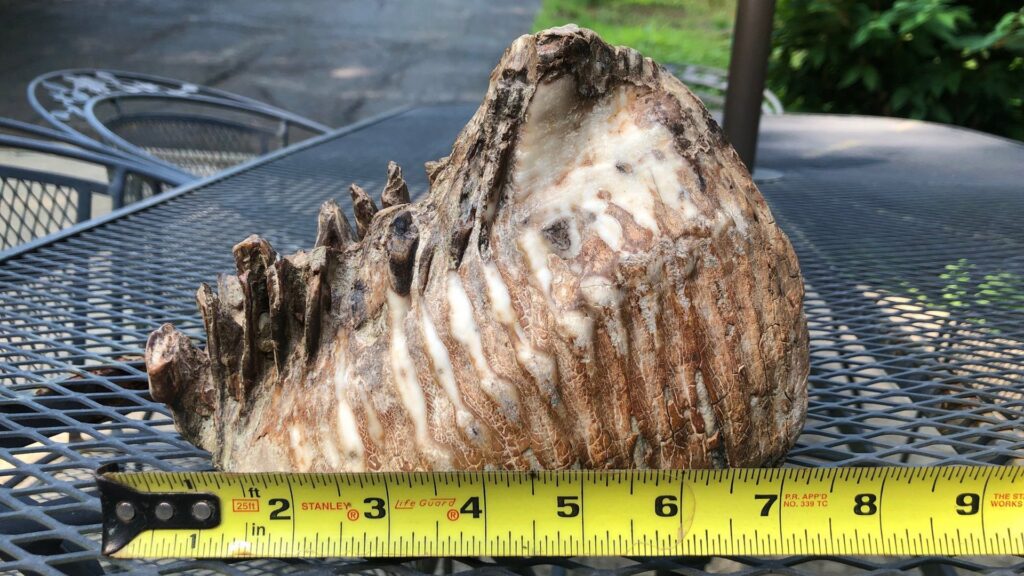A 12-Year-Old Boy Found an Ancient Woolly Mammoth Tooth During a Vacation in Ohio
A 12-year-old boy visiting Ohio’s Amish Country may be one of the youngest archaeologists in history.
Last month, Jackson Hepner was living with his family at The Inn at Honey Run in Millersburg, Ohio, when he came across a rare relic of the ice age, a woolly mammoth tooth, Fox 8 reported.
“Hepner wrote on the hotel’s blog, where a relative is the hotel manager, “I noticed the tooth about ten yards upstream from the bridge that we had our family photographs on. “On the left side of the creek, it was partly buried. It was on the creek bed, entirely out of the water.
The discovery was verified by experts Nick Kardulias from the Archaeology Department of Wooster College, Dale Gnidovec from the Orton Geological Museum of the Ohio State University, and Nigel Ashland from the Geology Department of Ashland University.
They noted the tooth, an upper third molar, had parallel ridges, which are indicative of mammoths, whose diet required specialized teeth to grind their food, such as grass and seeds.
Between 110,000 and 12,000 years ago, woolly mammoths inhabited the area now called Ohio (though they ultimately died out in Siberia about 4,000 years ago).
According to Gnidovec, mammoths came over from Asia two million years ago, but skeletons older than 13,000 years are difficult to find due to “glacial advances” over the state.

“During the Ice Age there were two kinds of ‘elephants’ living in Ohio — mammoths and mastodons,” Gnidovec told Newsweek.
“Mastodons are much more common … [and] mammoths much rarer. That is because Ice Age Ohio had much more forested areas, which the mastodons lived in, that it did open grasslands preferred by the mammoths.”
The Inn seems to be thrilled with their involvement in this discovery and Ohio’s ancient history.
“What is now lush greenery, flowing waters, and hundreds of beautiful species was once an enormous glacial sheet that would slowly (and literally) shape Ohio’s future,” they wrote on their blog.
“The unearthing of the Mammoth tooth shows that there are definite pieces of ancient history hidden around us, connecting us to an interesting past.”
Now that his discovery has been legitimized, Hepner is eager to get his hand on his buried treasure once again.
“I would like to have my tooth back in my hands as soon as possible,” he wrote. “I want to show my friends.”





